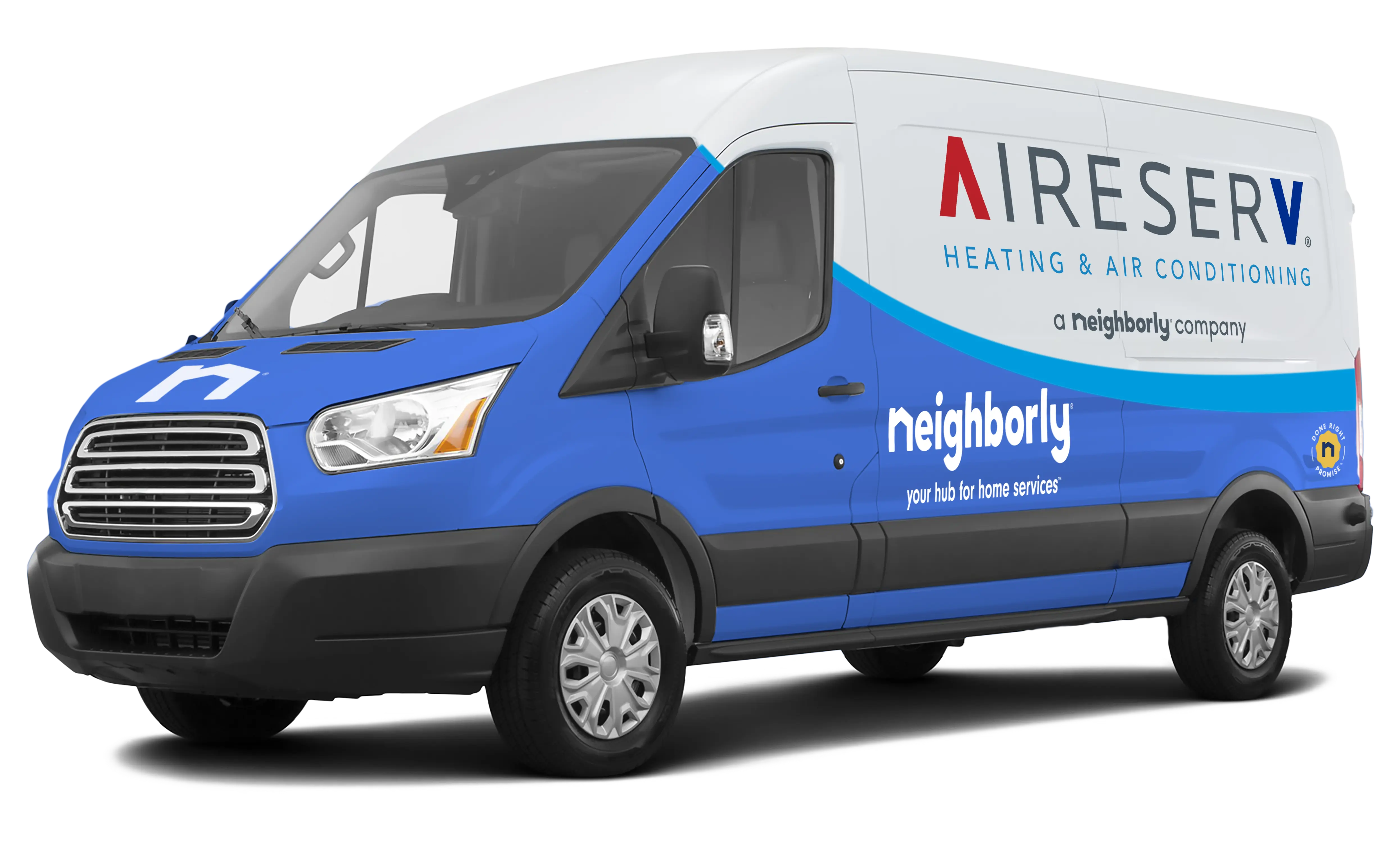As fall arrives in Landenberg, homeowners often face the challenge of transitioning from air conditioning to heating. Preparing your HVAC system for this seasonal change ensures consistent comfort, optimal efficiency, and reduced energy costs. Taking proactive steps now can prevent unnecessary repairs and keep your home cozy as temperatures drop.
1. Schedule a Professional HVAC Inspection
Before turning on your heating system, a professional inspection is essential. A technician can:
- Test heating components for proper operation
- Inspect ductwork for leaks or blockages
- Check filters, thermostats, and airflow
A thorough inspection ensures your system switches smoothly from cooling to heating without surprises.
2. Replace or Clean Air Filters
Air filters play a key role in both cooling and heating. A clean filter allows your system to operate efficiently:
- Remove dust and debris from summer
- Improve indoor air quality as you switch to heating
- Reduce strain on your HVAC system
Replacing filters now ensures your heater operates effectively and prevents early-season inefficiency.
3. Inspect and Clear Vents and Ducts
After months of cooling, vents and ducts may have accumulated dust, debris, or obstructions. Ensure:
- Vents are unobstructed by furniture or other items
- Ductwork is intact and sealed properly
- Airflow is even throughout the home
Proper airflow is critical for efficient heating and even room temperatures.
4. Check Thermostat Settings and Functionality
Thermostat management is essential during seasonal transitions:
- Set your thermostat to a comfortable fall temperature
- Test programmable schedules for efficiency
- Verify that the system responds correctly to temperature changes
Smart thermostat use helps reduce energy consumption and maintains comfort throughout fluctuating temperatures.
5. Examine Heating Components
Your heating system may include a furnace, heat pump, or hybrid system. Inspect components for:
- Signs of wear or damage
- Proper ignition and burner operation
- Adequate lubrication of moving parts
Identifying potential issues before full heating demand begins prevents mid-season breakdowns.
6. Prepare for Humidity Changes
As temperatures drop, indoor humidity levels may change. Improper humidity can cause discomfort and stress your HVAC system:
- Use a humidifier if indoor air becomes too dry
- Seal gaps in windows and doors to prevent drafts
- Maintain consistent airflow to avoid uneven heating
Managing humidity helps maintain comfort and protects your home’s interior.
7. Conduct a Final System Test
Before the cold sets in fully, run your heating system for a short period to ensure:
- The system heats evenly and efficiently
- There are no unusual noises or vibrations
- Thermostat and safety features function correctly
This final test helps you catch any issues before they become inconvenient or costly.
Final Thoughts
Transitioning your HVAC system from air conditioning to heating in Landenberg requires attention to detail, professional maintenance, and proactive preparation. By scheduling inspections, replacing filters, checking airflow, verifying thermostat function, examining heating components, and managing humidity, homeowners can enjoy a smooth seasonal change, maintain comfort, and protect their system’s efficiency.
Prepare your HVAC system this September to ensure reliable heating and comfort throughout the fall season.

